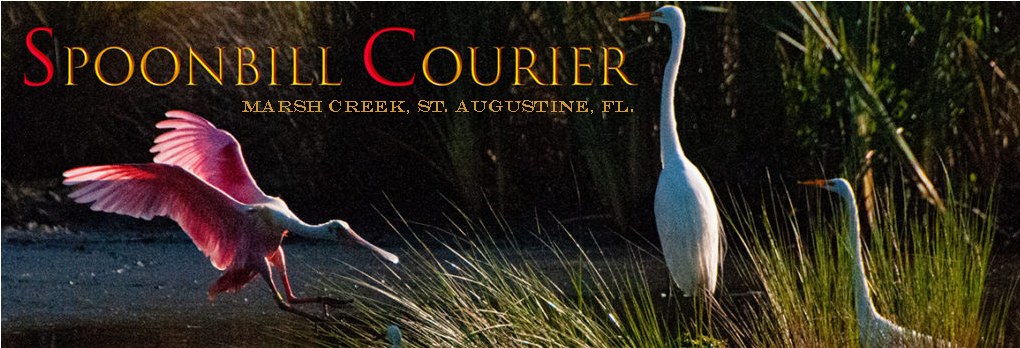| Sea oats are native perennial grasses found in all Florida coastal counties. Familiar images of Florida beaches feature golden-yellow sea oats rising above dunes, waving in the breeze. Our hard-working sea oats are not only beautiful but also vital to the coastal ecosystem. Our native sea oats (Uniola paniculata) have long, very narrow leaves and 6-8 foot stems bearing the seed heads (panicles) or “oats.” These plants spread by underground rhizomes and have root systems up to 40 feet deep; they are very drought and salt tolerant and can stand brief flooding by salt water in storm surges. Sea oats thrive under the conditions of blowing sand. As sand accumulates at the base of the plants, they are stimulated to grow above the pile. More sand piles up, the plants continue to grow, and eventually dunes are formed. The large root systems of sea oats anchor the dunes so are extremely important in stabilizing beaches. The plants also serve the ecosystem by providing food for beach mice, rabbits and birds. |
 |
| These essential plants are protected in Florida and it is illegal to cut, harvest or remove sea oats. Many homeowners and coastal communities have been involved in restoration projects to plant sea oats and restore dunes damaged in powerful hurricanes. Permits are required in some cases and it is essential to have information and guidelines for undertaking restoration projects. More information on sea oats and restoration projects is available from USDA and UF/IFAS. |





